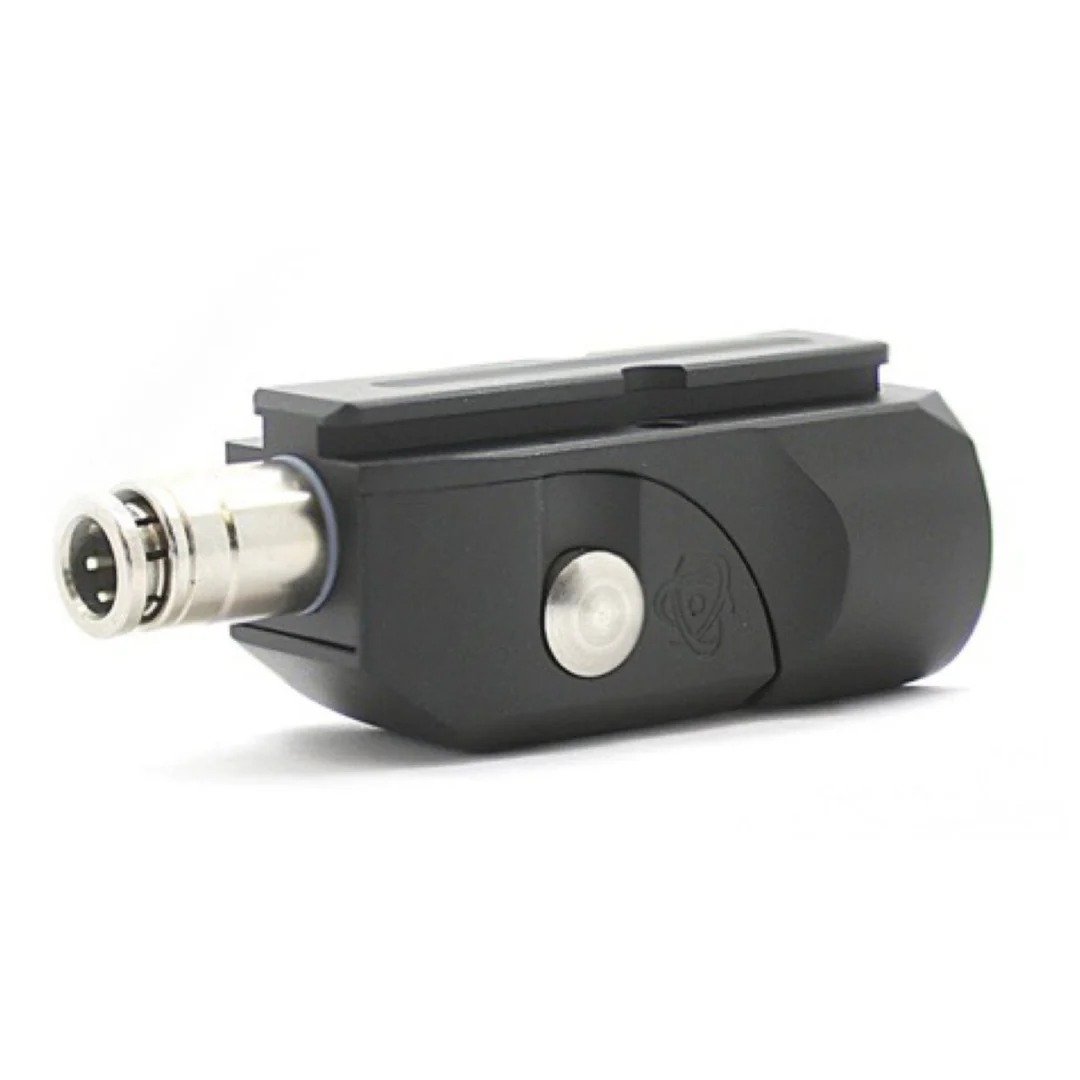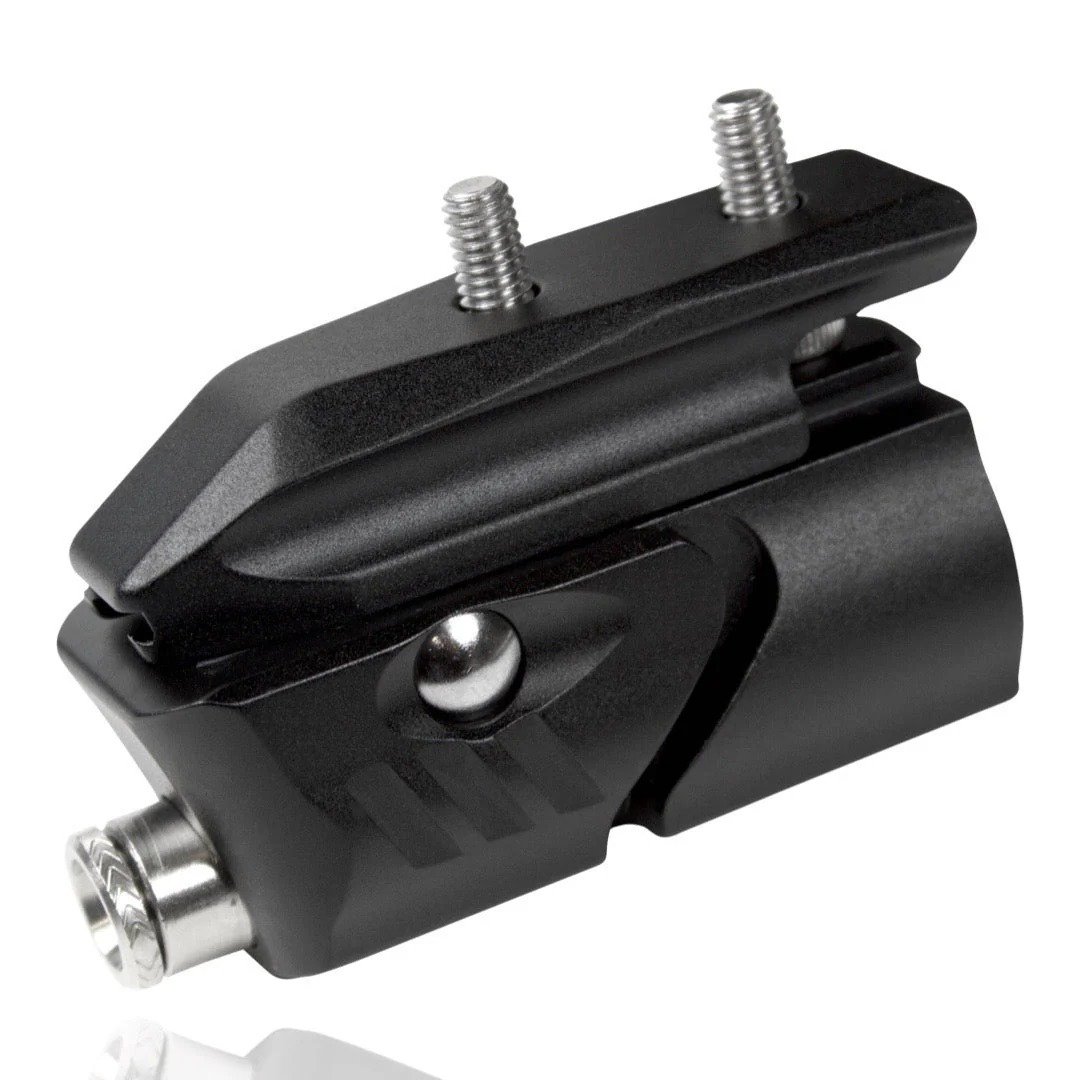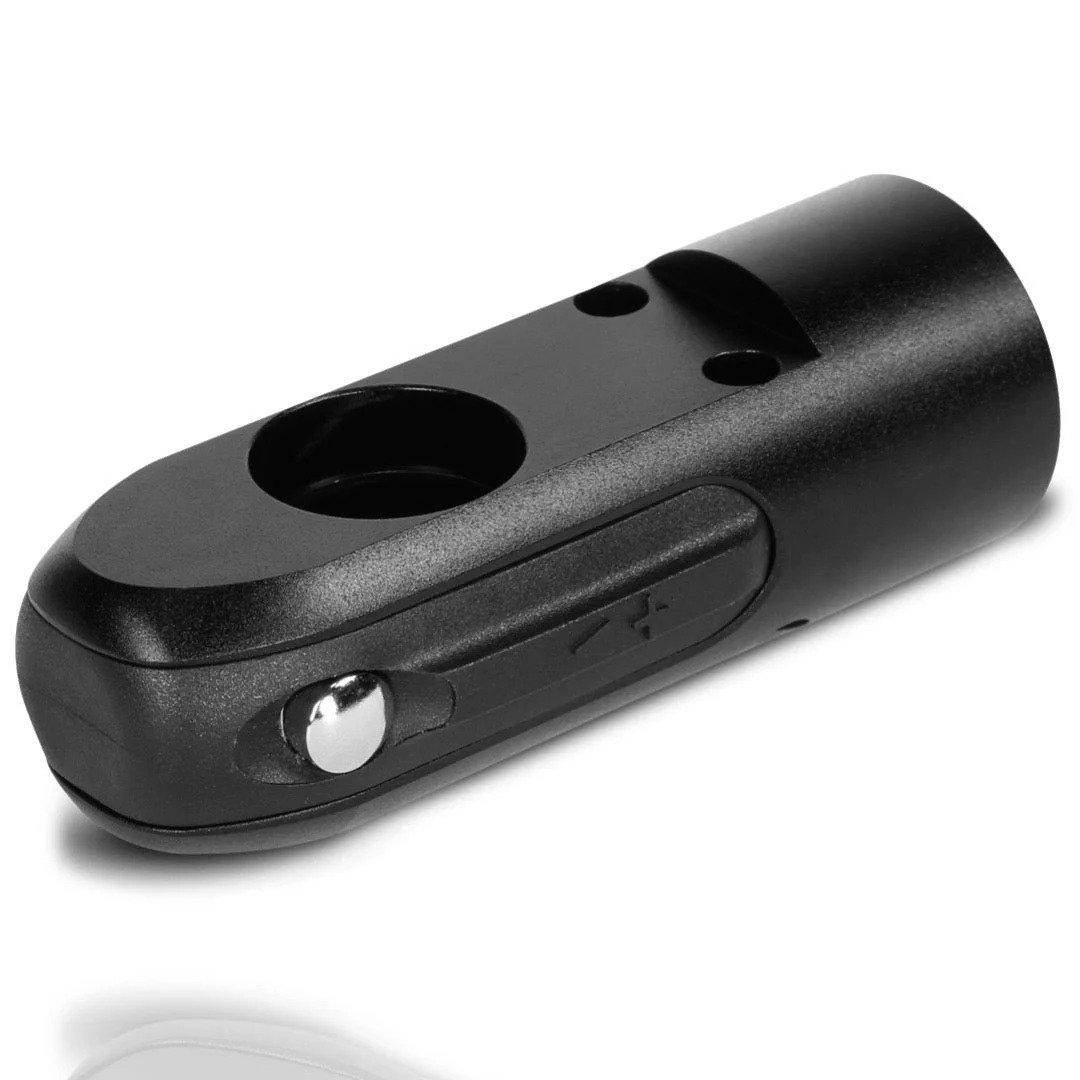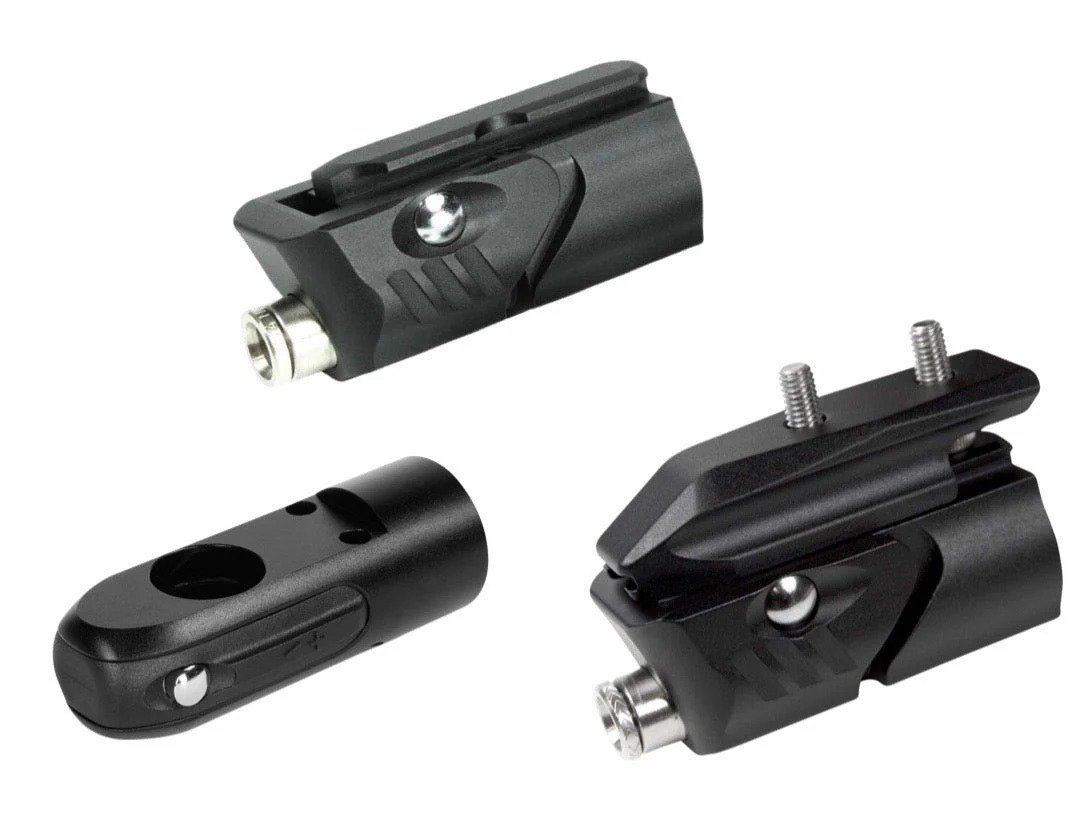Worried about shipping CO2 cylinders that might fail inspection at customs—or worse, leak during use? Pressure testing is your first line of defense.
The best way to pressure test CO2 cylinders before export is through hydrostatic testing, done at certified facilities with proper documentation, serial traceability, and compliance with international standards like DOT and CE.
Pressure testing isn’t just about passing a factory check—it’s about legal clearance, customer trust, and preventing dangerous failures in real-world use. Let’s break it down.
Table of Contents
Why is pressure testing critical before exporting CO2 cylinders?
Even the strongest cylinder is only as safe as its last test.
CO2 cylinders are high-pressure containers. If they leak, rupture, or deform during use, the results can be catastrophic. That’s why most countries require a pressure test before import or refilling.
The consequences of skipping proper testing:
- Customs detention or shipment rejection
- Brand damage due to faulty or leaky tanks
- Injury risk and liability for end users
- Refusal by local refillers or soda/keg stations
For buyers like William Johnson (UK) or James Carter (US), pressure test documentation is a non-negotiable part of the sourcing checklist.
What types of pressure testing are used for CO2 cylinders?
Not all tests are equal. Choose the right one based on your product category and export market.
The most widely accepted testing method for CO2 cylinders is hydrostatic testing, which safely measures how much a cylinder expands under pressure.
Main pressure testing methods
| Method | Description | Best for | Accepted by |
| Hydrostatic Test | Fills cylinder with water and pressurizes it | All reusable cylinders | DOT, CE |
| Pneumatic Test | Uses air instead of water—less common, higher risk | Some specialty tanks | Limited |
| Burst Test | Pushes cylinder beyond limits to find failure point | R&D and certification | Not for regular export |
At Alizee, every batch is hydro-tested according to its certification standard—DOT-3AL for U.S., TPED/EN12245 for EU.
How does hydrostatic testing work?
It’s not just about pressure—it’s about precision.
In hydrostatic testing, the cylinder is filled with water and pressurized to 1.5× its rated working pressure. The expansion is measured and compared to accepted limits.
Step-by-step process:
- Visual inspection Check for dents, corrosion, surface defects
- Filling with water Prevents dangerous compression during test
- Apply test pressure Usually 2250–3000 psi depending on spec
- Measure permanent expansion Must not exceed 10% of total expansion
- Dry, stamp, and document Cylinders are marked with test date and batch code
Each cylinder that passes is stamped with a new hydro date, visible on the neck or base.
What documents should you expect from your supplier?
Testing is only as trustworthy as its paperwork.
A compliant supplier should provide hydrostatic test certificates for every production batch, including test date, inspector signature, and batch serial numbers.
Must-have testing documents
| Document | Purpose |
| Hydrostatic Test Certificate | Proof of pressure integrity |
| Material Certificate (e.g. 6061-T6) | Verifies aluminum/steel grade used |
| Batch Test Report with Photos | Shows test process and cylinder marking |
| Serial Number Log | Enables full traceability |
At Alizee, every shipment includes a QR code that links to digital test records, making customs clearance faster and easier.
Can you test cylinders again after import?
Yes—if they are refillable.
Most refillable CO2 cylinders must be re-tested every 5 years. Your local facility can do this if it’s DOT, CE, or TPED certified.
Common post-import scenarios:
- Used stock re-certification
- Hydro stamp expired during shipping delay
- Client requests third-party re-verification
That’s why getting fresh test dates before export is so valuable—gives your buyers more usable shelf time.
Conclusion
Don’t ship guesswork. Pressure testing is your proof of safety—and your license to export.






